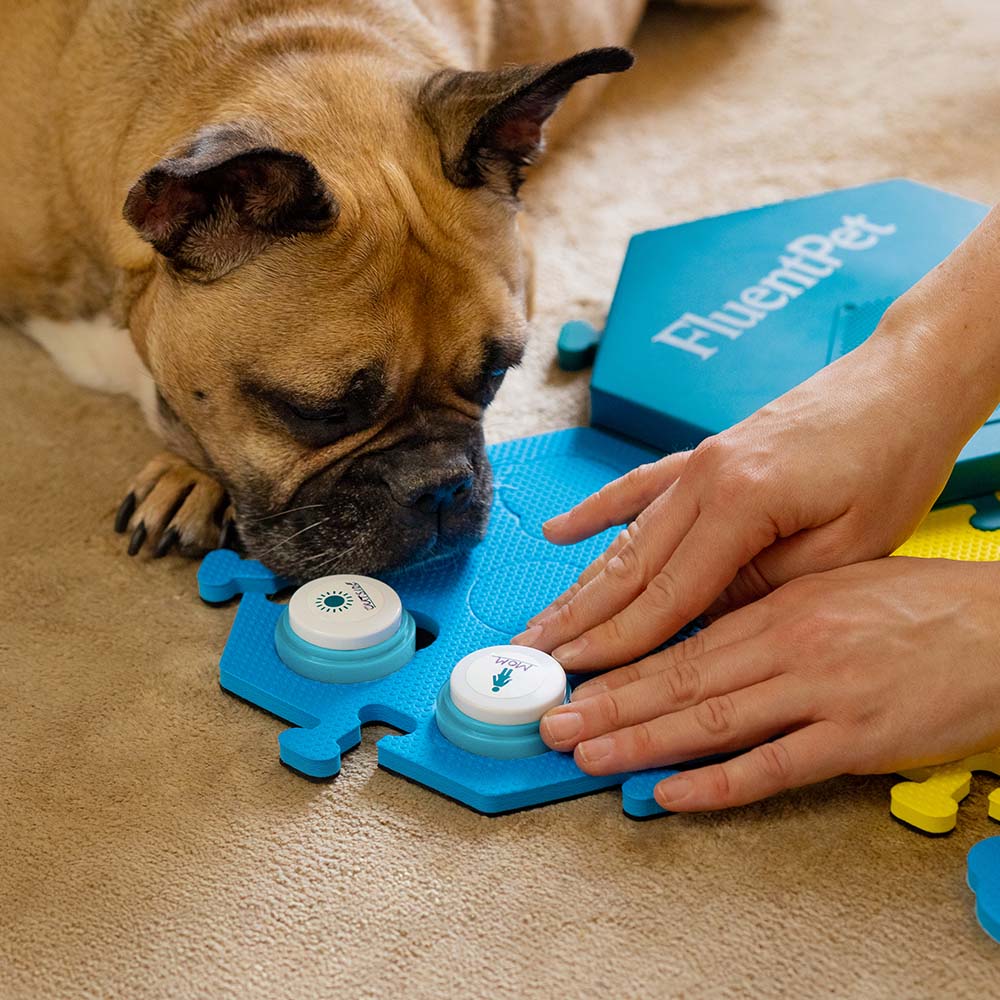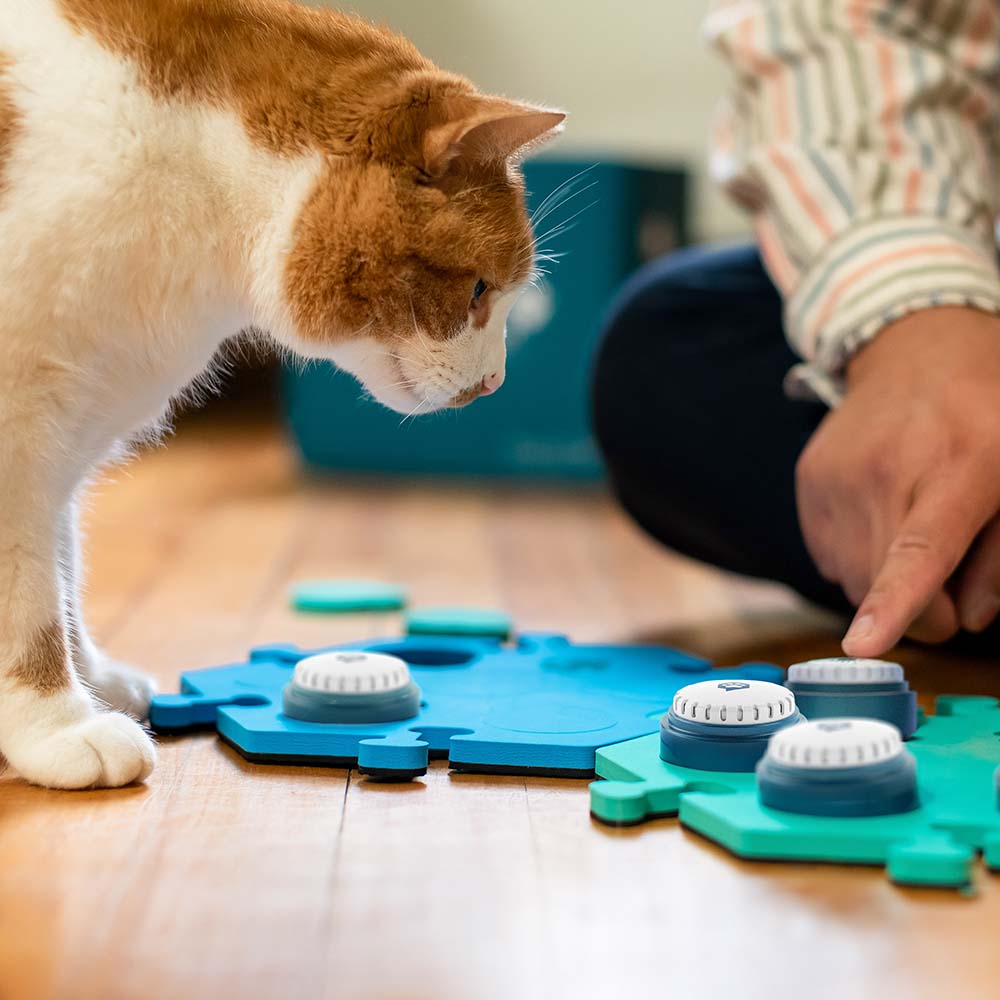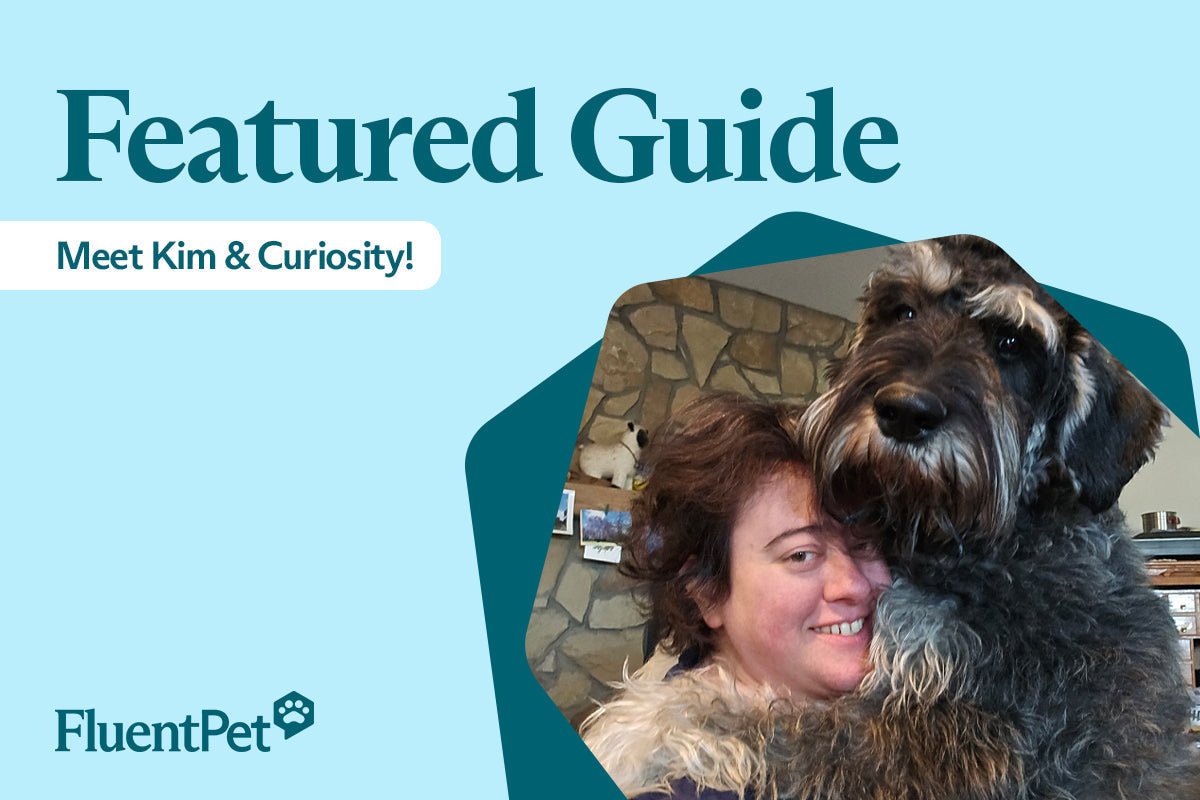Con los años, he notado que muchas personas, incluyéndome a mí, tienden a sentirse atraídas por ciertas razas o grupos de razas cuando se trata de los perros con los que compartimos nuestras vidas. Al hablar con la gente sobre este fenómeno, parece haber innumerables razones por las que las personas y las familias se vuelven leales a una raza o mezcla de razas en lugar de a otra. Aunque he desarrollado una predilección por los sabuesos (qué puedo decir, me encanta el desafío), vengo de una familia de setters. De niño, tuvimos setters irlandeses y luego ingleses, razas con las que mi padre forjó una conexión especial gracias a sus tíos, quienes entrenaban a sus perros en pruebas de campo .
Hoy, continúa la tradición, compitiendo en eventos nacionales alrededor del país, y todos estamos muy orgullosos de su campeón, Blue.
Una BREVE historia de los Clubes de Raza
El deporte de pruebas de campo en el que participan mi padre y sus perros es una de las muchas actividades que están conectadas y a menudo gestionadas por clubes de razas individuales, que respetan las reglas y estándares establecidos principalmente por el American Kennel Club (AKC) en los EE. UU. y el United Kennel Club (UKC) en el Reino Unido.
La mayoría de los clubes de razas tienen sus orígenes entre mediados y finales del siglo XIX, cuando los aficionados a los perros de la época victoriana, con mentalidad industrialista, comenzaron a formalizar las diferentes clases, variedades y cepas de perros que habían existido durante siglos, convirtiéndolas en líneas distintas y registradas. Estos aficionados se centraron en la especialización, la estandarización, la objetivación, la diferenciación y la mercantilización de lo que se convertiría en cientos de razas de perros reconocidas individualmente (Worboys, Strange y Pemberton, 2022) .
Las exposiciones caninas, en las que se premiaba a los "mejores" perros por su atractivo físico o sus habilidades en determinados deportes, también se popularizaron durante ese período, y los ganadores se convertían en codiciados "sementales" que exigían altas tarifas, al igual que los caballos premiados. En 1884, el AKC fue fundado en Estados Unidos por un grupo de deportistas que representaban a nueve clubes de razas diferentes : pointers, retrievers de la bahía de Chesapeake, clumber spaniels, cocker spaniels, sussex spaniels, spaniels de agua irlandeses, setters irlandeses, setters ingleses y setters Gordon , que habían patrocinado dichas exposiciones y eventos de prueba (American Kennel Club) . Para 1905, el AKC contaba con 110 clubes miembros.
Hoy en día, el AKC reconoce 200 razas de perros distintas y el UKC, 300, la mayoría de las cuales mantienen clubes de miembros activos. Estos miembros establecen los estándares físicos de las razas, determinan las normas de las exposiciones (como la exigencia de la presencia de veterinarios en los eventos) y dictan los sistemas de puntos para las competiciones.
A pesar de su continua autoridad y atractivo, los clubes de razas y criaderos caninos han sido objeto de un creciente escrutinio por parte de veterinarios y defensores del bienestar animal por perpetuar ciertos estándares de raza que pueden tener efectos negativos en la salud y la calidad de vida de los perros (Arman, 2007) . Muchas personas han optado por prácticas de cría más responsables para abordar estos problemas.
¿Importan las características de la raza?
Al igual que ocurre con las personas, la personalidad de cada perro está determinada por su combinación única de genética, experiencias personales, entornos y exposiciones (Morrill et al., 2022). Aun así, la raza desempeña un papel importante en la formación de los perros (¡literal y figurativamente!). Los científicos han demostrado que la herencia genética de los perros puede ser indicativa de rasgos físicos (como el tamaño, las marcas, el tipo de pelo, etc.) y algunas características de comportamiento como la excitabilidad, el miedo y los estilos de apego (MacLean et al., 2019). También han descubierto que algunas de las actividades que asociamos con diferentes tipos de perros, como la caza, la guardia, el pastoreo e incluso la compañía, se relacionan con ligeras diferencias en la anatomía cerebral entre razas (Hecht et al., 2019).
Por ello, comprender la ascendencia de un perro puede ser fundamental para forjar relaciones sanas y felices entre humanos y perros. Saber si un perro es más o menos propenso a participar y disfrutar de ciertas actividades puede ayudar a las personas a encontrar un compañero canino que se adapte a su personalidad, intereses y estilo de vida. Considerar las características de la raza también puede ser útil para pensar en los estilos de aprendizaje. Por ejemplo, si sabe que su cachorro proviene de una familia de teleadictos, puede que descubrir qué tipo de recompensa lo motiva realmente sea el primer paso antes de probar herramientas para fortalecer el vínculo, como los botones de conversación.
¡Únete a la conversación en community.fluent.pet!







Dejar un comentario
Este sitio está protegido por hCaptcha y se aplican la Política de privacidad de hCaptcha y los Términos del servicio.